Last updated: August 14, 2025
Article
Team Concludes 40th Season of Falcon Monitoring at Pinnacles National Park
By Wildlife Biologist Gavin Emmons and Science Communication Specialist Jessica Weinberg McClosky, San Francisco Bay Area Inventory & Monitoring Network
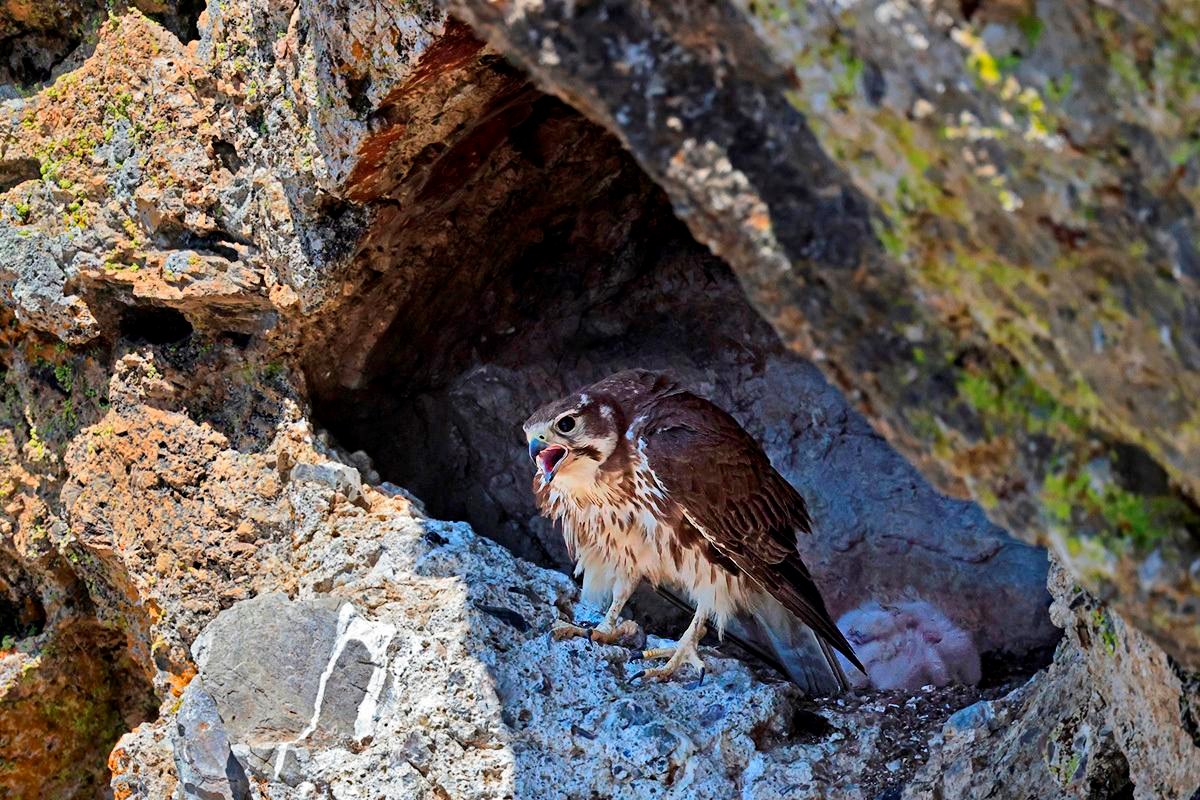
NPS / Gavin Emmons
July 2025 - The falcon monitoring team recently finished up its 40th year of breeding season observations around Pinnacles National Park’s iconic rock formations. With 21 young prairie and peregrine falcons all fledged from their cliff cavity nests, the park lifted its raptor advisories in early July, reopening climbing areas to visitors for the rest of the year. All told, we saw mixed nest success and a bit of inter-species drama. Other raptor species nesting in the park also treated us to some exciting observations.
The breeding season started off wonderfully normal, with nine prairie falcon pairs and four peregrine pairs occupying nesting territories. One of the prairie falcon pairs did not end up nesting, and then the other 12 falcon pairs had very mixed nesting success.
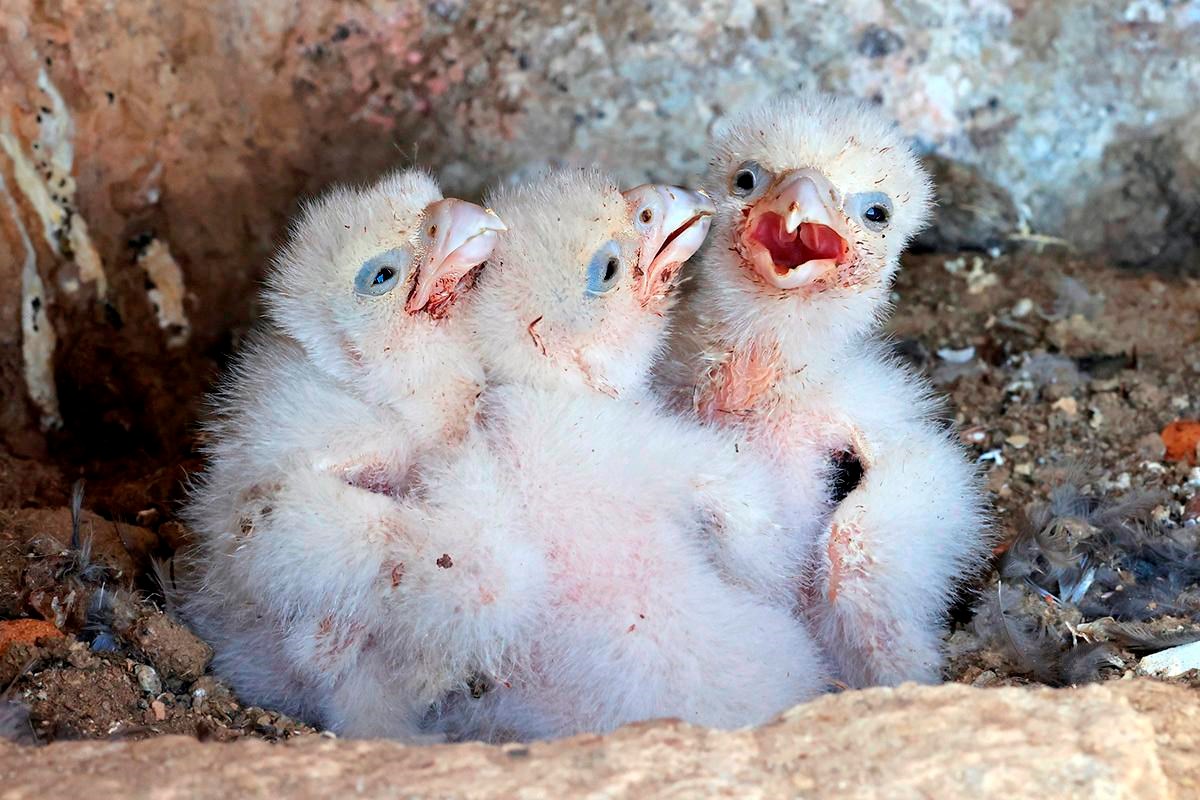
NPS / Gavin Emmons
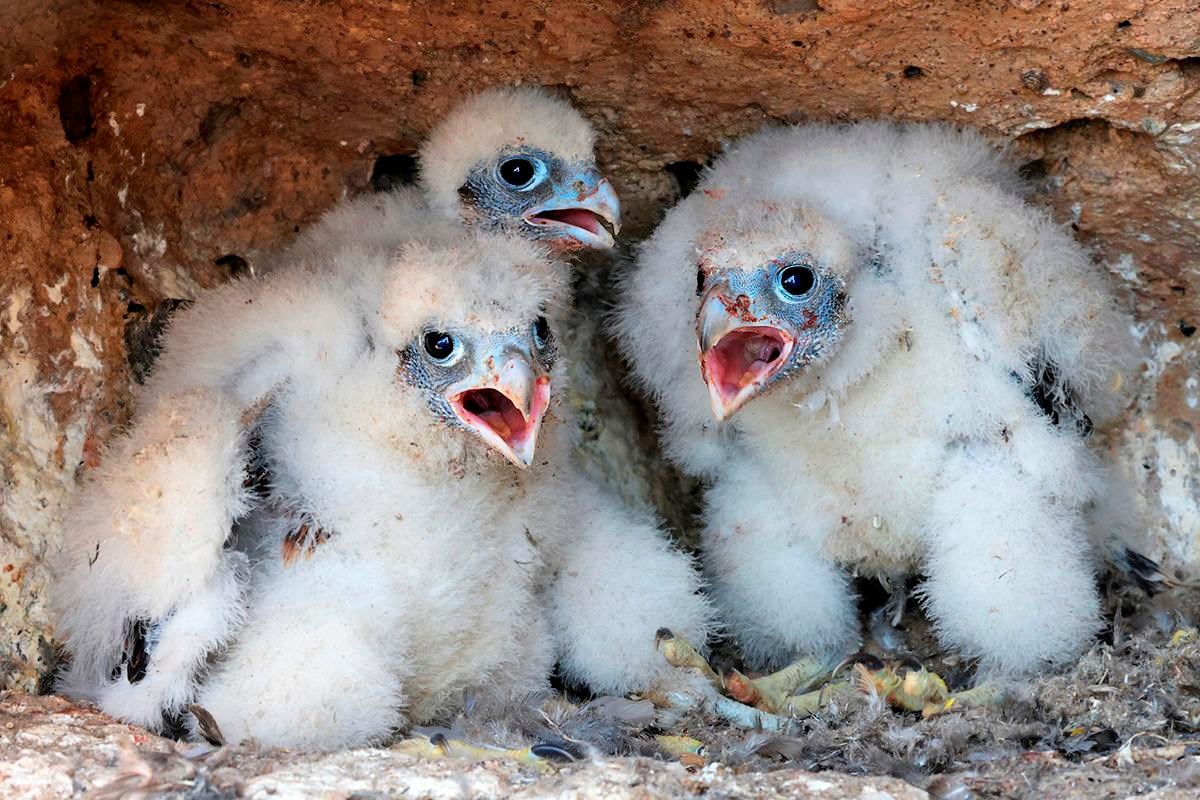
NPS / Gavin Emmons
Four prairie falcon pairs raised 14 fledglings and three peregrine pairs raised seven. Meanwhile, four prairie falcon nests and one peregrine nest failed during egg incubation or nestling-rearing. Although 21 fledglings is below the 1984-2024 average of nearly 28, it is similar to last year’s count. It’s also within the normal range of variation that we expect to see based on our many years of data collection.
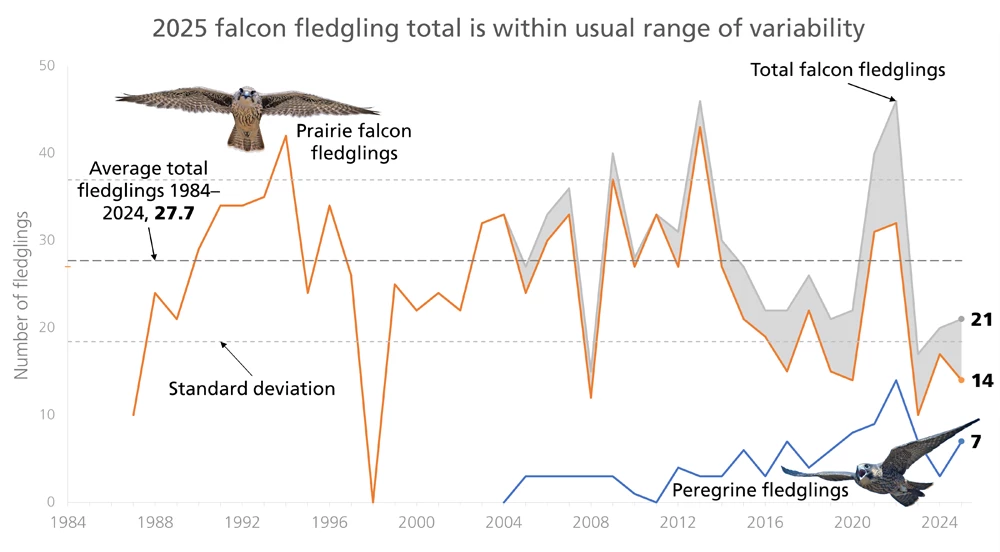
NPS / Jessica Weinberg McClosky & Gavin Emmons
We suspect that some of the nest failures may have been due to predation by great horned owls or other nest predators. And at least two prairie falcon pairs included young birds likely nesting for the first time. In these cases, parental inexperience could have been a factor. Another prairie falcon nest failure may have a rather different explanation.
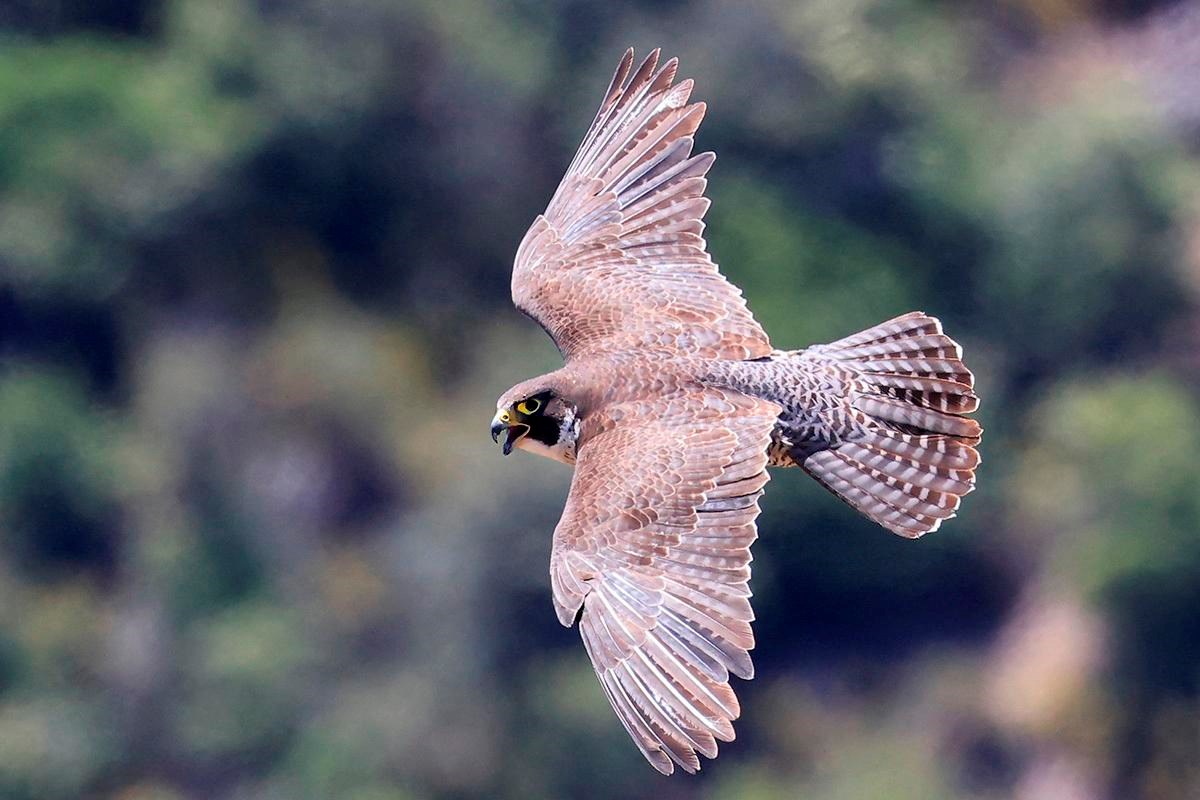
NPS / Gavin Emmons
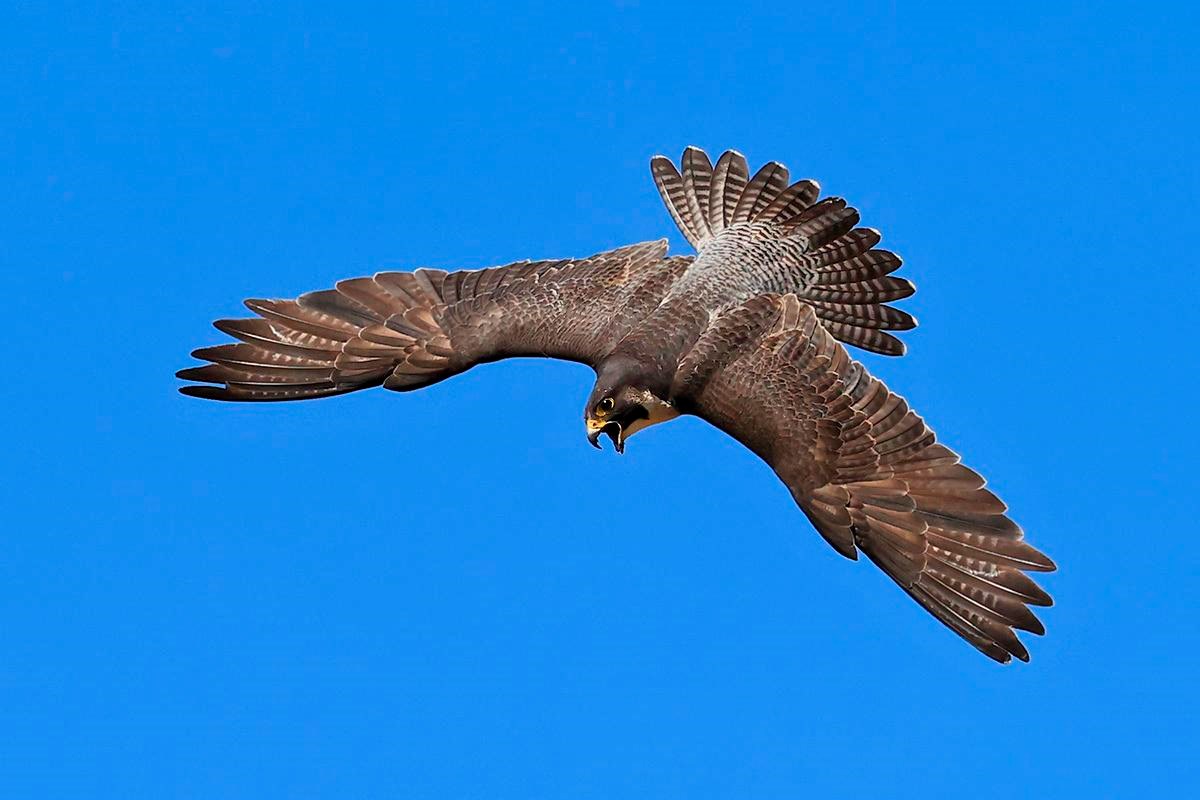
NPS / Gavin Emmons
As peregrine recovery continues at Pinnacles, it's interesting to see how they interact and compete with prairie falcons. Both species rely on limited cliff cavity nest sites for breeding. Midway through this season, a peregrine pair that has been nesting at South Chalone Peak for the last several years decided to nest at North Chalone Peak instead. They pushed out a prairie falcon pair that had nested at North Chalone Peak for many years. The displaced prairie falcon pair attempted to nest at rock formations just to the north but ultimately failed, possibly due to the late attempt at beginning egg incubation.
In addition to falcons, we confirmed many other raptor species breeding in the park this year. These include American kestrels, red-tailed, red-shouldered, and Cooper’s hawks, great horned and long-eared owls, golden eagles, and white-tailed kites.
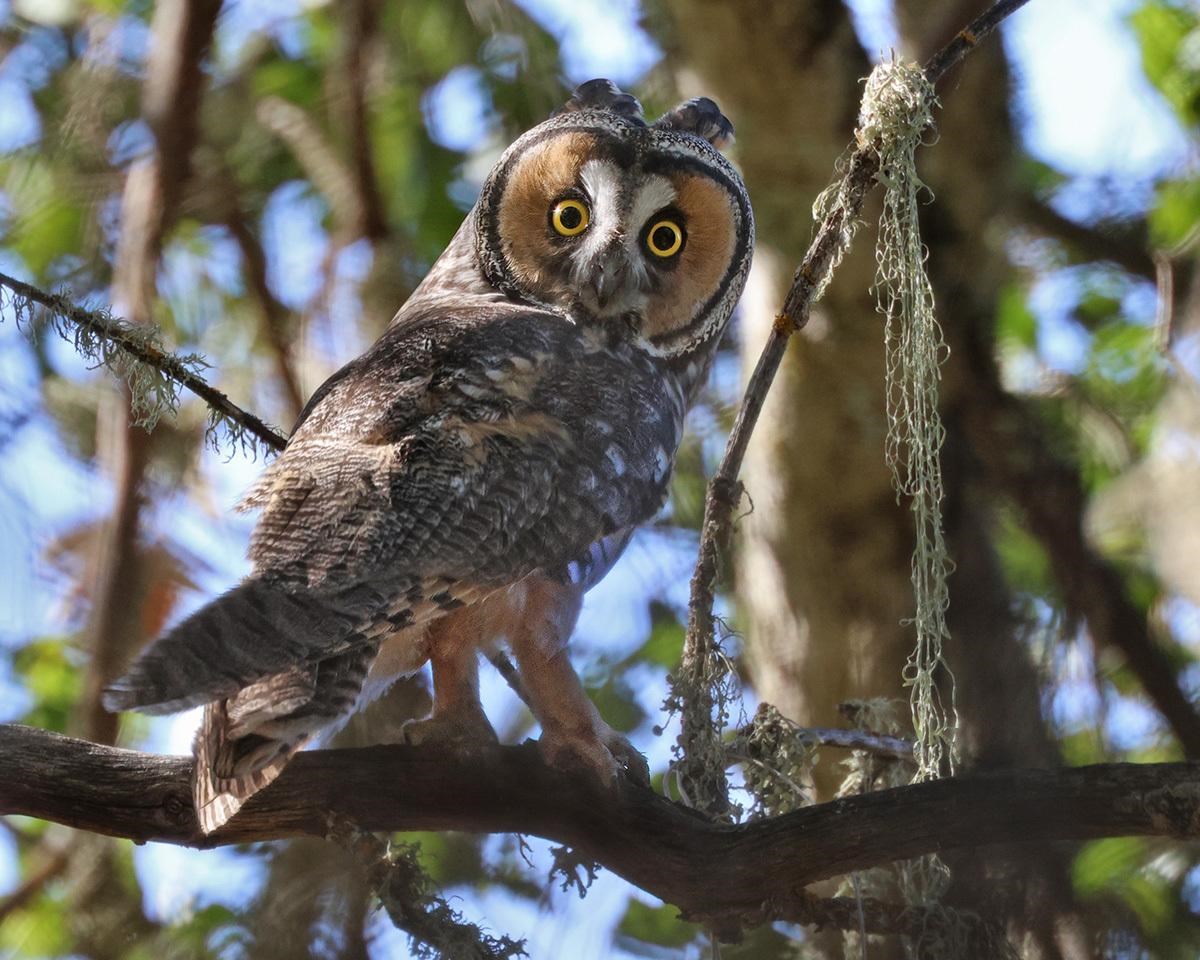
NPS / Gavin Emmons
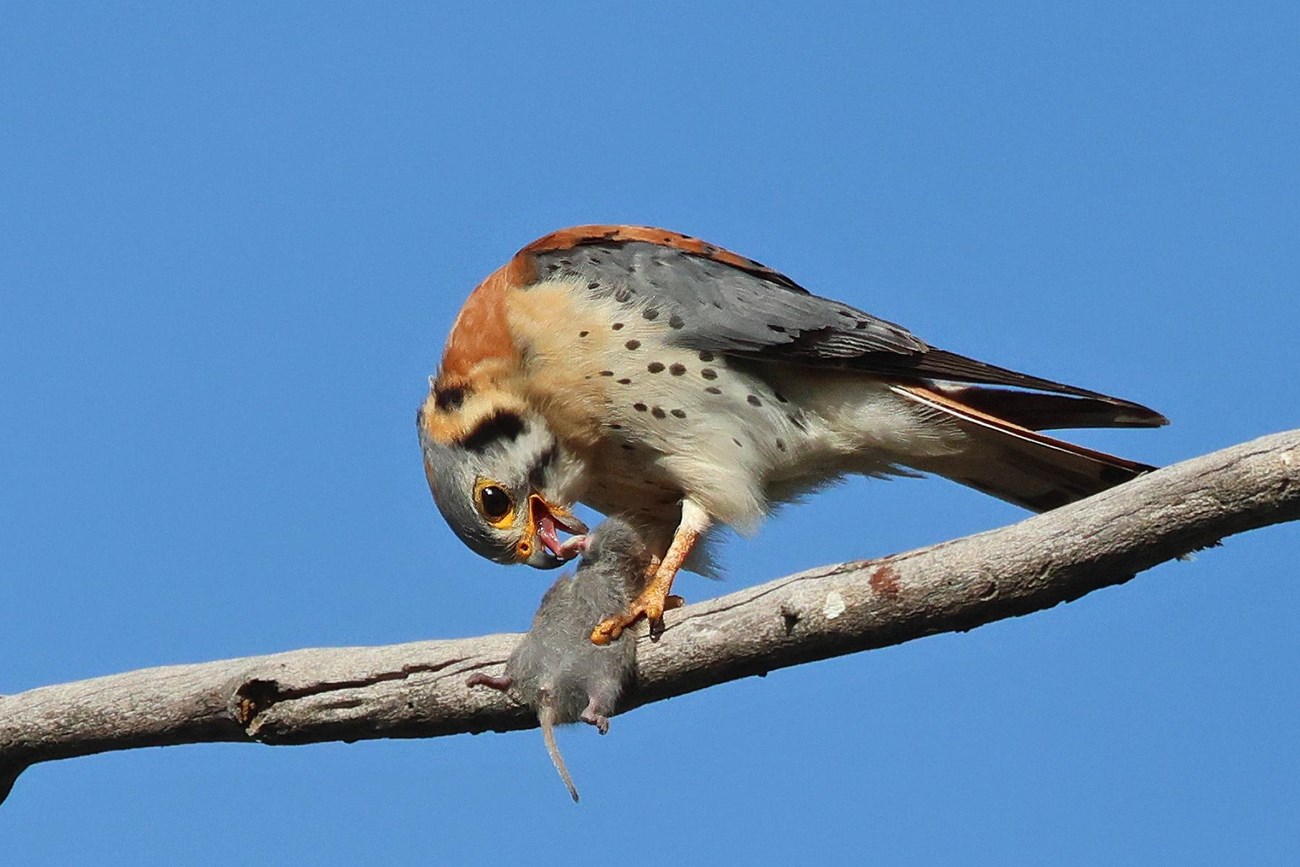
NPS / Gavin Emmons
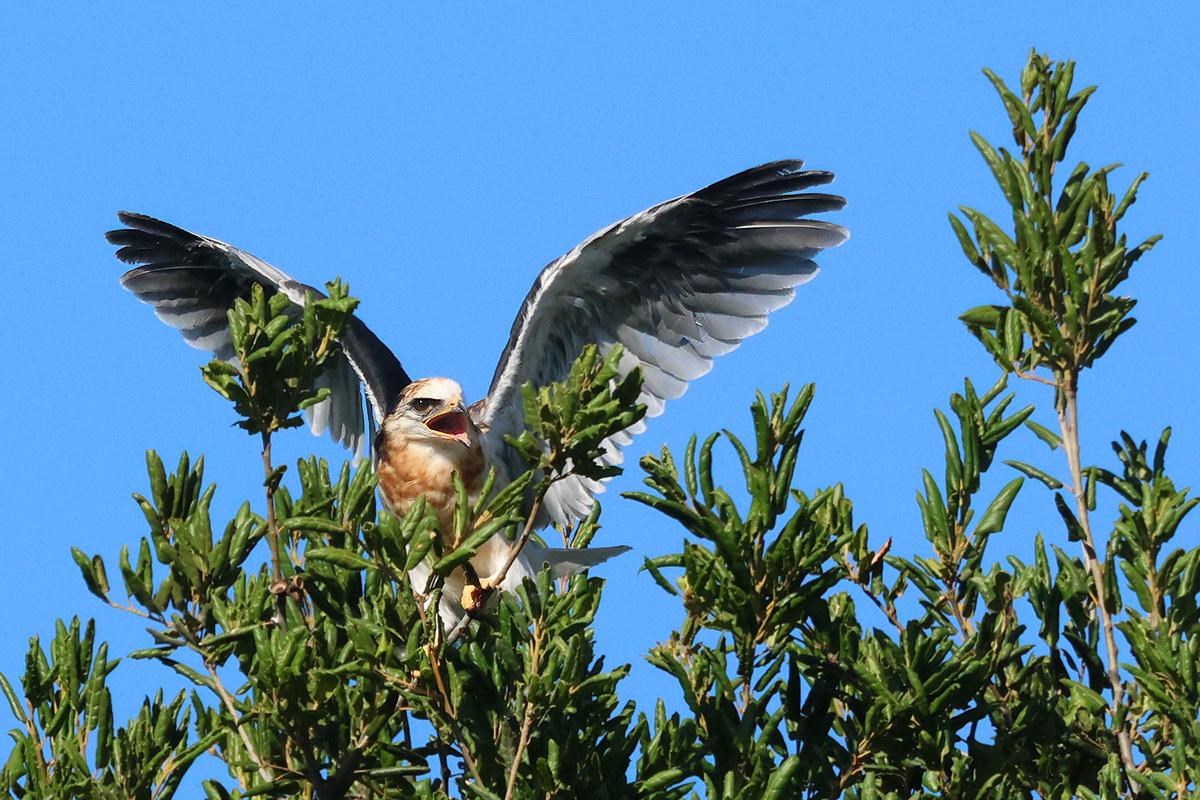
NPS / Gavin Emmons
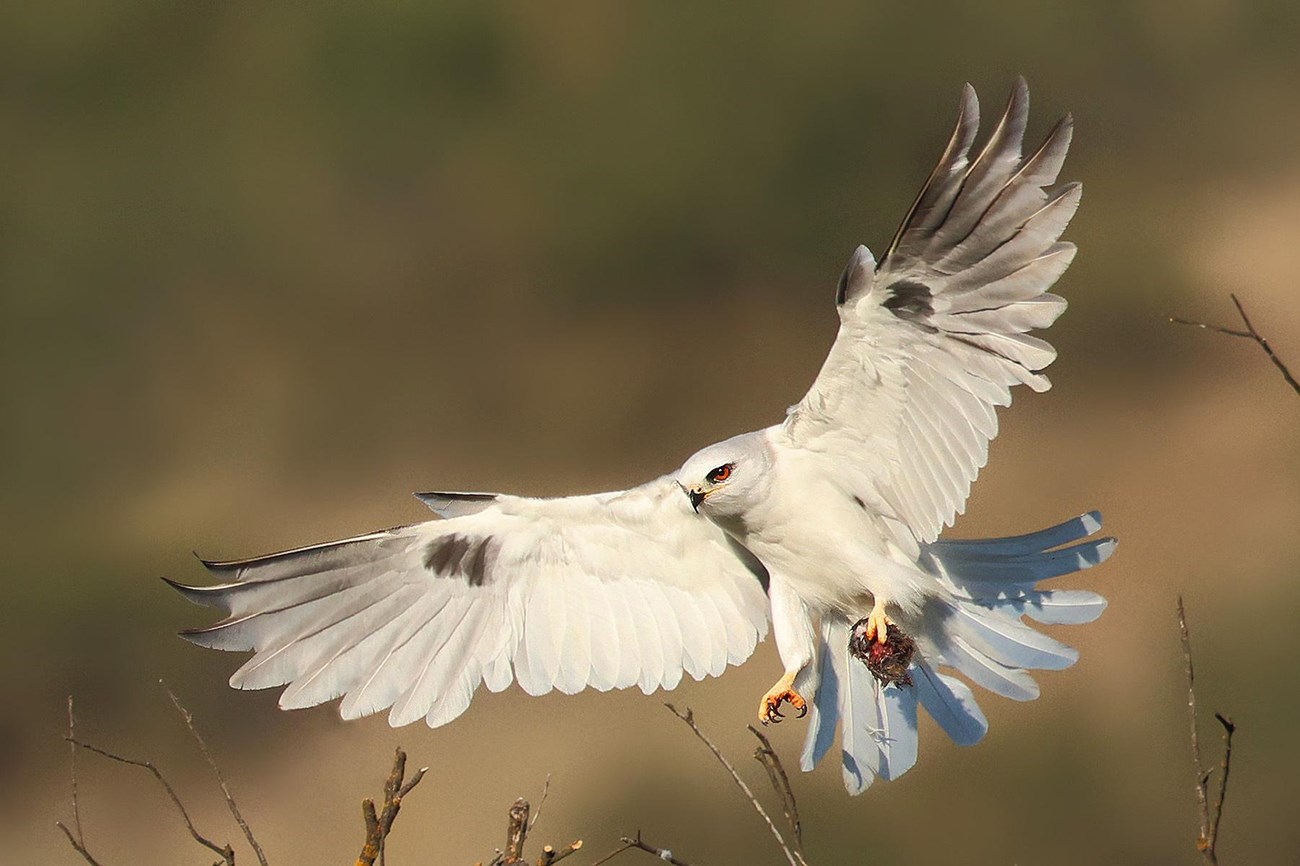
NPS / Gavin Emmons
Long-eared owls are a California Bird Species of Special Concern, and it's always a treat to see them nesting successfully. Two pairs fledged young in the park this year. The nesting pair of white-tailed kites was also a big highlight this season. White-tailed kites are specialist hunters, and in our region, they primarily eat California voles. California vole populations fluctuate a lot, and in recent years, the lack of voles has meant a lack of kites nesting at Pinnacles. However, this year we’ve noticed California voles all over the place. This vole population spike is likely the reason the white-tailed kites returned to nest at the park this year. The kite pair successfully reared four fledglings.
The Pinnacles falcon story will continue to unfold once again next January—stay tuned!
For more information
- Pinnacles Raptor Advisories and Raptors webpages
- San Francisco Bay Area Network Falcon Monitoring webpage
- Falcon monitoring data, 1984-2024
- Pacific Coast Science & Learning Center Prairie & Peregrine Falcons webpage
- Contact Wildlife Biologist Gavin Emmons

See more from the Bay Area Nature & Science Blog
